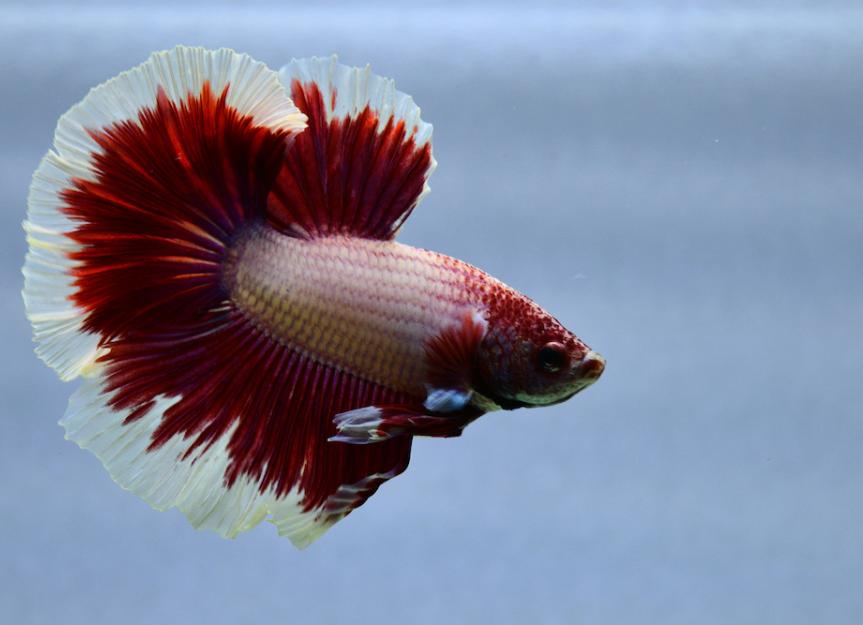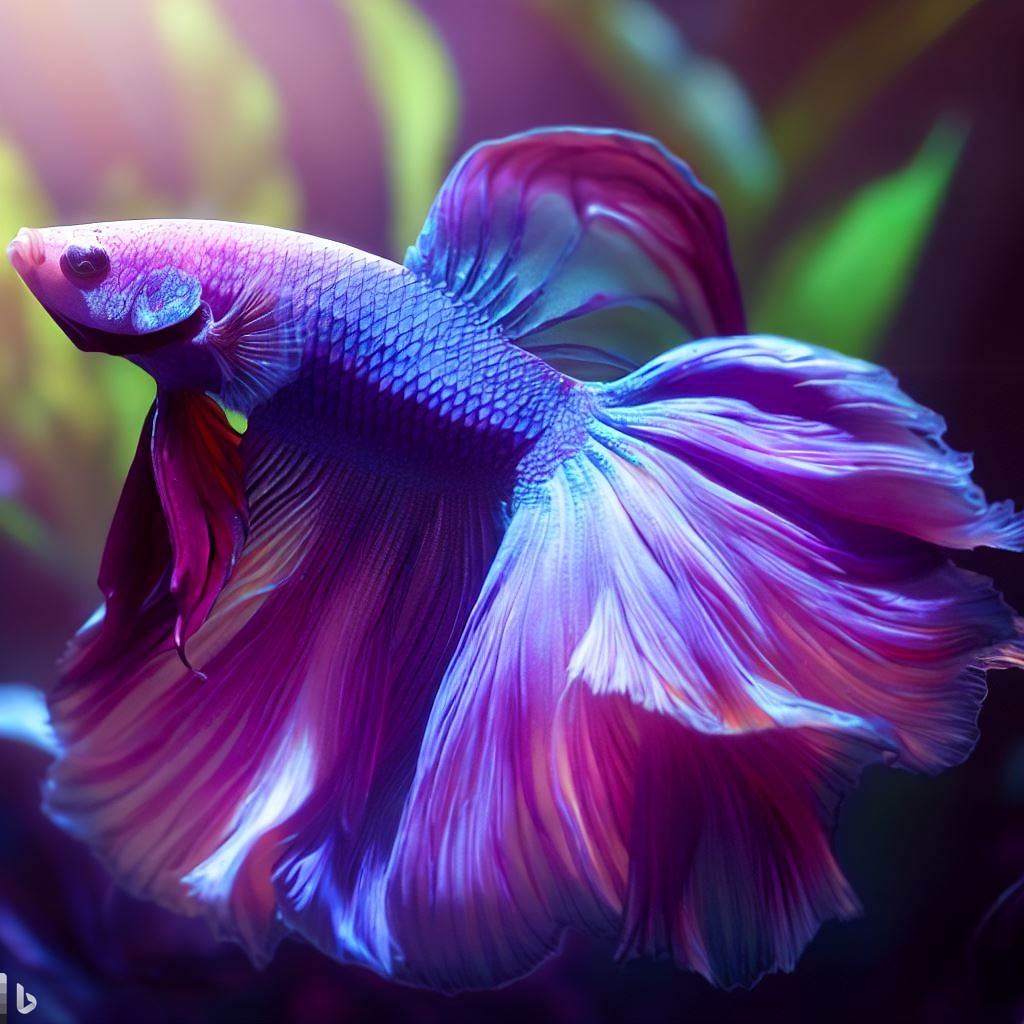Typical Betta Fish Diseases and How to Prevent Them
Wiki Article
Just How to Reproduce Betta Fish Successfully: Specialist Methods and Insights for Hobbyists Looking to Increase Their Betta Collection
Reproducing Betta fish requires a nuanced understanding of genes and ecological problems, making it crucial for enthusiasts to approach the process with both diligence and care. Developing an optimal breeding environment, choosing the right pairs, and observing the details of their courtship habits are foundational actions that can substantially influence the end result. Moreover, the subsequent treatment of the fry is essential for ensuring their healthy and balanced advancement. As we check out these crucial parts, it comes to be clear that successful breeding is not practically the first pairing but encompasses a wider approach that benefits cautious factor to consider.Recognizing Betta Fish Genes
Recognizing the genes of Betta fish is vital for effective breeding, as it influences traits such as shade, fin form, and habits. Betta fish display a diverse array of shades and patterns, mainly figured out by their genetic makeup.In enhancement to pigmentation, fin morphology is one more significant aspect of Betta genes (betta fish). The shape and size of fins are affected by different genes, including those that establish whether the fins are brief, long, or veil-shaped. Understanding these hereditary variants assists dog breeders forecast the phenotypic results of their offspring
In addition, behavioral traits such as aggression and territoriality can likewise be influenced by genes. These behaviors play an essential function in the breeding procedure, as they can impact generating success and the general temperament of the resulting fry. By adequately comprehending these hereditary principles, dog breeders can make educated decisions, eventually enhancing their reproduction programs and accomplishing preferable results.
Preparing the Reproduction Atmosphere
Producing an optimum breeding atmosphere is essential for the successful reproduction of Betta fish. The very first action in preparing this environment is to choose a proper reproduction tank, ideally varying from 5 to 10 gallons.Following, consider the use of a sponge filter or an air rock to give mild water circulation without producing solid currents that can emphasize the fish. It is vital to set up plants or reproducing cones to use concealing places and promote comfort for the female during the spawning process. Floating plants, such as Java moss or water sprite, can likewise produce a much more all-natural setting while facilitating bubble nest building by the male.
Before introducing the breeding pairs, ensure the water is conditioned and without damaging chemicals, such as chlorine or heavy metals. betta fish. Routine water modifications ought to be carried out to preserve optimal water quality, enhancing the chances of successful breeding. With these prep work in position, the reproducing setting will certainly support the health and well-being of both Betta fish
Selecting Reproduction Pairs
Picking the appropriate reproduction pairs is important for accomplishing successful Betta fish reproduction. When picking your reproduction pairs, consider several key variables consisting of health and wellness, character, and genetics. Healthy Betta fish show vivid colors, clear eyes, and active actions. Choosing fish that are devoid of disease ensures a far better possibility of producing viable spawn. important sitePersonality is another vital consideration, as Betta fish are recognized for their hostile nature. It is advisable to pick a male and lady that display suitable characters to decrease anxiety during the breeding procedure. A calm man can encourage a smoother courtship, while a lady that is too hostile may interrupt the procedure.
Genetic history also plays a substantial role in the you can find out more top quality of the offspring. Reproducing fish that are genetically varied can decrease the threat of hereditary health and wellness concerns and improve the total vigor of the fry. It is helpful to research the lineage of both the man and female, focusing on preferable traits such as fin type, shade patterns, and size.
The Breeding Process
The reproduction procedure of Betta fish requires cautious preparation and focus to detail to guarantee an effective end result. Initially, it is crucial to prepare an ideal breeding container, preferably a 5-10 gallon aquarium with a temperature preserved at 78-80 ° F. The tank ought to be furnished with a heating system, filter (ideally sponge kind to avoid strong currents), and plenty of water plants for the woman to conceal.As soon as the atmosphere is set, introduce the chosen reproducing set to the storage tank, enabling them to accommodate. Observe their actions; the male will certainly display fancy courtship rituals, consisting of flaring his fins and constructing a bubble nest. If the woman shows passion, she will certainly present vertical red stripes indicating preparedness for spawning.
When the woman is responsive, both will participate in a breeding embrace, throughout which the male feeds the eggs. It is essential to monitor their interactions closely, as the man may end up being aggressive. After generating, remove the woman to stop possible harm. The man will often tend to the eggs, which generally hatch out within 24-36 hours. Keeping optimum water conditions during this duration is necessary for the advancement of healthy Betta fry.
Caring for Betta Fry

Feeding Betta fry is vital, as they call for a diet high in protein. They can be fed infusoria or fluid fry food, transitioning to carefully smashed top quality pellets as they grow. Feed little parts numerous times a day to urge healthy and balanced development without overloading the tank with uneaten food.

As they mature, check their growth very closely and separate any kind of aggressive people to stop injury. By supplying a nurturing atmosphere and proper nutrition, enthusiasts can successfully elevate Betta fry into lively, healthy fish, eventually boosting their breeding undertakings.
Conclusion
Effective Betta fish reproduction requires careful attention to genetic option, environmental conditions, and look after the fry. By understanding the genetics of Betta fish and preparing an ideal breeding atmosphere, enthusiasts can boost the chances of creating vivid, healthy children. Choosing suitable breeding pairs and carefully monitoring the courtship and spawning procedures are important. Lastly, giving optimal care for the fry ensures their healthy and balanced growth, adding to a successful Betta collection.Report this wiki page